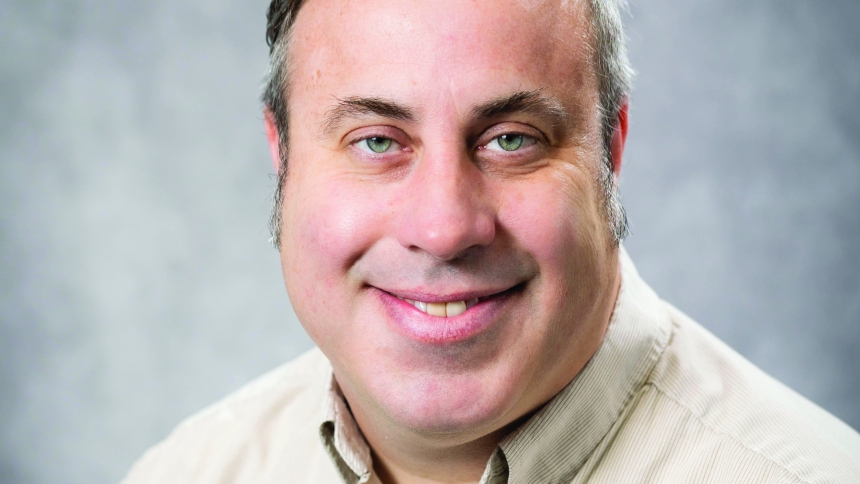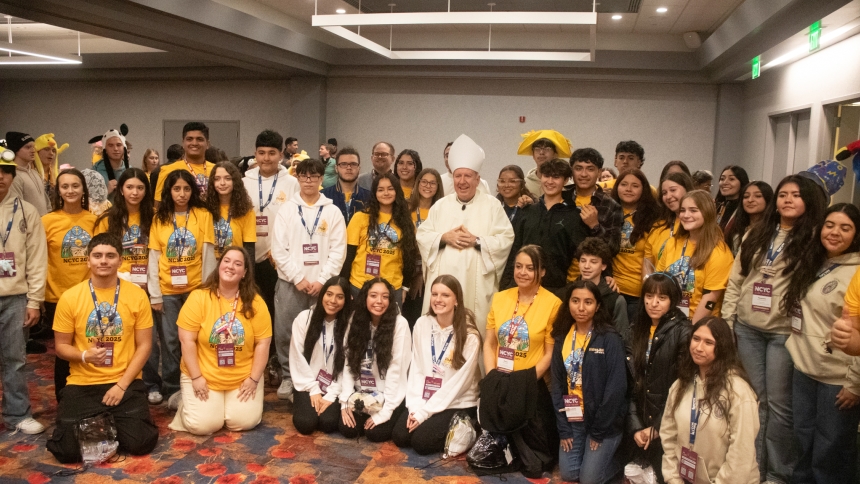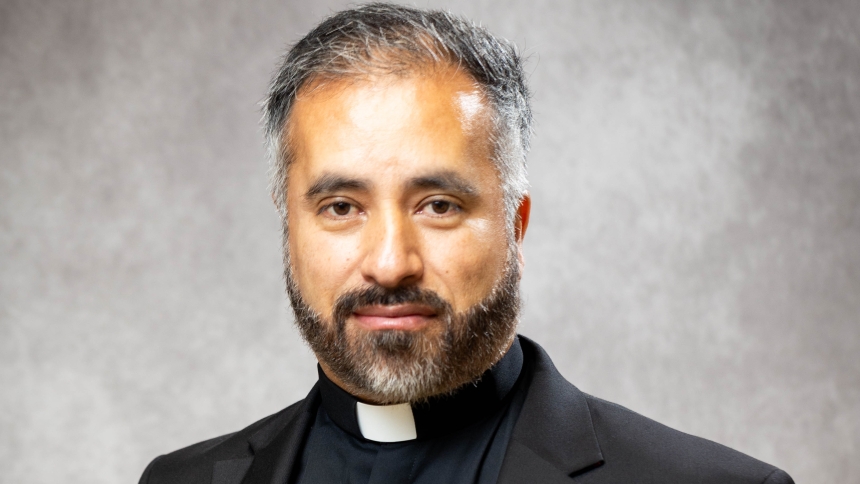
Often, I hear Catholic adults say they want to learn more about their Catholic Faith. They want to know what we believe and why we believe it. One doesn’t have to look far to begin to know and understand our Catholic Faith. Our beliefs are embedded in our prayers and Sacraments. Our personal prayer and public liturgical worship catechizes us. They form and teach us as we are praying and worshiping the Lord.
There is a Latin phrase used when explaining sacramental theology, “lex orandi lex credendi” meaning “law of prayer is the law of belief.” Typically, I explain further that what we say in the Sacraments is what we actually believe is happening. For example, when the priest holds the bread and wine up and says, “this is my body, this is my blood…”, we believe the bread and wine is transubstantiated into the Body, Blood, Soul and Divinity of Jesus Christ. Or when the priest says, “I absolve you of your sins in the name of the Father, and of the Son, and of the Holy Spirit”, our sins are absolved and forgiven, really and truly.
The Church prays as she believes and believes as she prays. What we say matters; we believe these things. That’s why it’s so important for us to pray correctly. Words do matter in prayer and the Sacraments.
In light of the above, we can understand the reasoning for having the Creed placed prominently in our prayer and liturgical worship. The Church thinks the creed is so important that she asks us to pray it at the beginning of the Rosary and Chaplet of Divine Mercy, and to recite it during Mass on Sundays and high solemnities. Where did this Creed come from and when was it articulated?
During the first 300 years of Christianity, it was illegal to be Christian. If you were caught practicing your Catholic faith, oftentimes you were arrested, maybe thrown into an arena to be mauled by wild animals or burned at the stake, beheaded, or crucified. The apostles preached the deposit of faith given to them by Jesus. They preached the Gospel message that Jesus Christ died for our sins and offers us salvation and redemption. The depths and mysteries of the Catholic faith, that we know and have the benefit of receiving today, were being reasoned through and beginning to be taught during these first years of the Catholic Church.
This year marks the 1700 anniversary of the Nicene Creed. In 325 A.D. the emperor Constantine called for the first ecumenical council of the Catholic Church, the Council of Nicaea. Over 300 Catholic bishops were brought together to discuss the problems and issues the church had been facing at the time. They defended the church against heresies and pondered how to deal with those who committed apostasy and wanted to return to the faith. They discussed clergy issues of the time, reception of Holy Communion by the dying, and a date for Easter. The fruit of the Council was the draft of the first part of the creed we now call the Nicene Creed, 20 canons (Church law), and a few letters to various Catholic communities/churches.
As we celebrate this anniversary of the Nicene Creed, a challenge for us is to study the creed by reading the Catechism of the Catholic Church’s section on the creed or take a workshop or class on the creed.
Sean Martin is the coordinator of catechesis and faith formation for the Diocese of Gary. He will be leading a catechism series entitled The Creed Series on Wednesdays starting Sept. 24 to Nov. 12. For more information and to register, visit https://dcgary.org/Nicaea1700.



